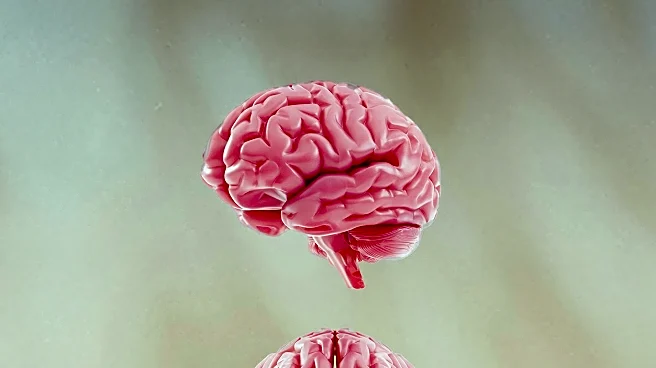What's Happening?
Cleveland Clinic has embarked on a multiclass machine learning project aimed at identifying molecular subtypes of pediatric low-grade glioma using bi-institutional MRIs. The initiative, which spans data
collected from electronic health records between May 1999 and April 2023 at the internal hospital and January 2005 to March 2021 at the external hospital, seeks to differentiate among BRAF fusion, BRAF p.V600E mutation, and non-BRAF tumors. Utilizing an open-radiomics protocol for feature extraction, the project aims to enhance precision medicine by providing a structured approach to radiomics research. The study employs a comprehensive framework designed to offer open-source radiomics datasets and a robust pipeline for evaluating the reproducibility of radiomics feature extraction in medical imaging.
Why It's Important?
The significance of this project lies in its potential to revolutionize the diagnosis and treatment of pediatric low-grade glioma, a common type of brain tumor in children. By accurately identifying molecular subtypes, healthcare providers can tailor treatments more effectively, potentially improving patient outcomes. The use of machine learning and radiomics in this context represents a significant advancement in precision medicine, offering a more reliable and accessible approach to radiomics research. This could lead to more personalized treatment plans and better management of pediatric brain tumors, ultimately enhancing the quality of care for affected children.












